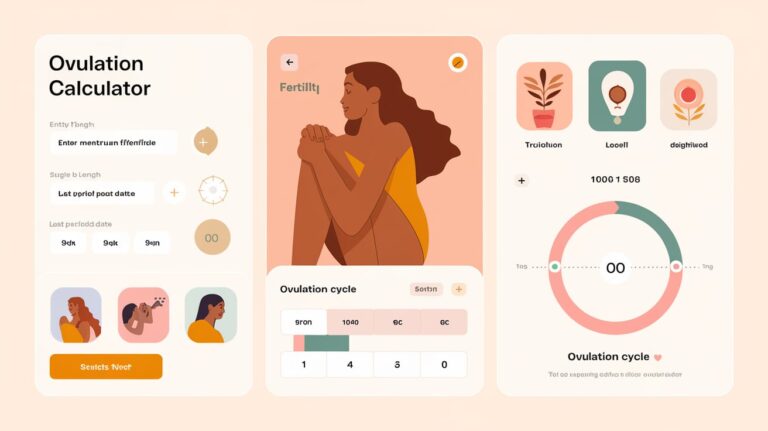
Photo by cottonbro studio: https://www.pexels.com/photo/pregnant-woman-drinking-milk-5853820/
Unmasking Pre-Eclampsia: A Hidden Danger for Expecting Mothers
What on Earth is Pre-Eclampsia?
Let’s talk about something that many would rather sweep under the rug – pre-eclampsia.
This isn’t just another pregnancy buzzword thrown around during doctor visits.
For many expecting mothers, it can feel like a hidden monster lurking in the shadows, waiting at the doorstep of their beautiful journey into motherhood.
According to health experts, about 5 to 8 percent of pregnant women are affected by this condition, which is characterized by high blood pressure and signs of damage to other organ systems, often the kidneys.
Sounds alarming, right?
But knowing about it is half the battle.
Let’s Get Real: The Symptoms You Can’t Afford to Ignore
So, how can you tell if pre-eclampsia is knocking on your door?
You might be wondering, “Is this just the normal discomfort of pregnancy, or is it something more?”
Here are some symptoms that can help you pick up the clues:
- Severe headaches that just won’t quit
- Sudden swelling in your hands, feet, or face
- Blurred vision or sensitivity to light
- Upper abdominal pain, especially on the right side
- Nausea or vomiting
If any of these symptoms sound familiar, it’s crucial to get in touch with your healthcare provider right away.
Remember, your body is not just a vessel; it’s a temple, and well-being is key.
The Risk Factors: Am I at High Risk?
It’s time to talk risk factors.
You might be scratching your head, wondering if you’re part of the at-risk group.
Well, here are some key indicators that could put you in the high-risk category:
- First-time pregnancy or becoming a mother at age 35 or older
- Having a personal or family history of pre-eclampsia
- Being overweight or suffering from conditions like diabetes or hypertension
- Carrying multiples, like twins or triplets!
If any of these apply to you, don’t hesitate to have an open chat with your doctor.
After all, your health deserves a five-star review!
Diagnosing Pre-Eclampsia: The Two-Minute Check-Up
Let’s demystify the diagnosis process.
How does the doctor figure it out?
Drumroll, please…
It usually involves a simple blood pressure check and urine test during your routine visits.
This two-minute check-up could very well save your life and that of your baby.
Many women are caught off-guard, thinking everything is going fine, only to discover their blood pressure has skyrocketed.
Treatment: It’s Not Just About Medication
If pre-eclampsia knocks on the door, what happens next?
The good news is, you have options.
Your healthcare provider might suggest several approaches, ranging from medication to lifestyle changes.
For mild cases, bed rest and careful monitoring at home may do the trick.
However, for more severe cases, hospitalization may be necessary, and the baby may need to be delivered early.
It’s essential to stay in close contact with your healthcare team, as they know what’s best for you and your little one.
The Big Picture: Why Awareness Matters
At the end of the day, awareness is your best ally in the battle against pre-eclampsia.
It’s estimated that about 76,000 maternal deaths occur globally due to this condition every year.
That’s not just a statistic; it’s a heart-wrenching reality for families.
By staying informed about pre-eclampsia, you become your own best advocate in your pregnancy journey.
You hold the power!
So, spread the word.
Let’s help each other navigate this delicate process and ensure that no woman faces the challenges of pre-eclampsia alone.
Final Takeaway: Trust Your Instincts
Pregnancy is a whirlwind of emotions, and uncertainty is often part of the ride.
But always trust your instincts.
If something feels off, don’t brush it aside.
Believe in yourself and take charge of your health, because you’re not just carrying a baby; you’re embarking on one of life’s most remarkable adventures.
Keep those lines of communication open with your healthcare team, and together, you can tackle whatever comes your way!





